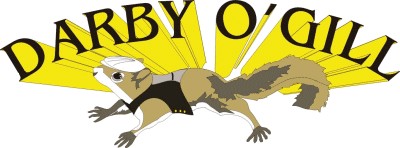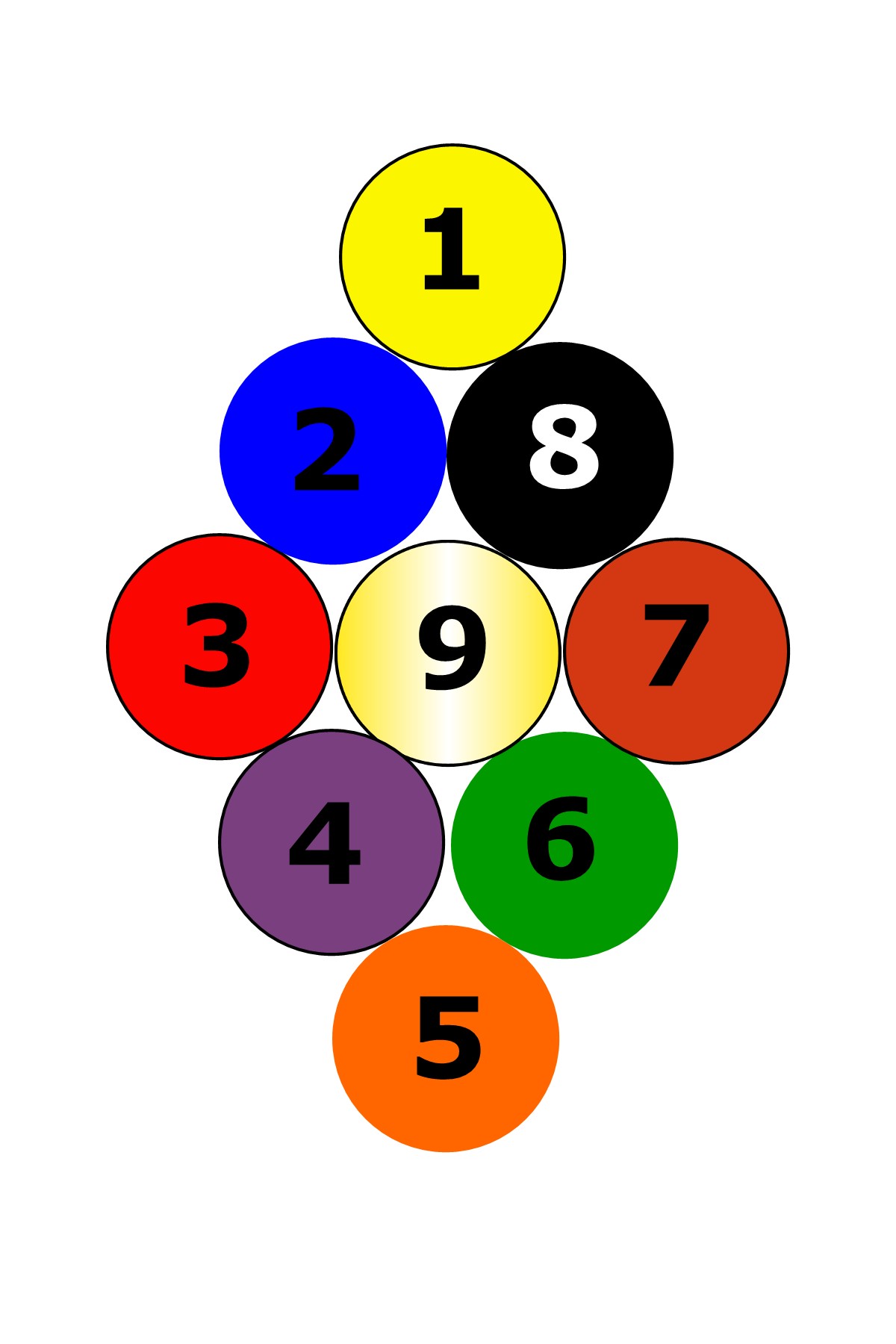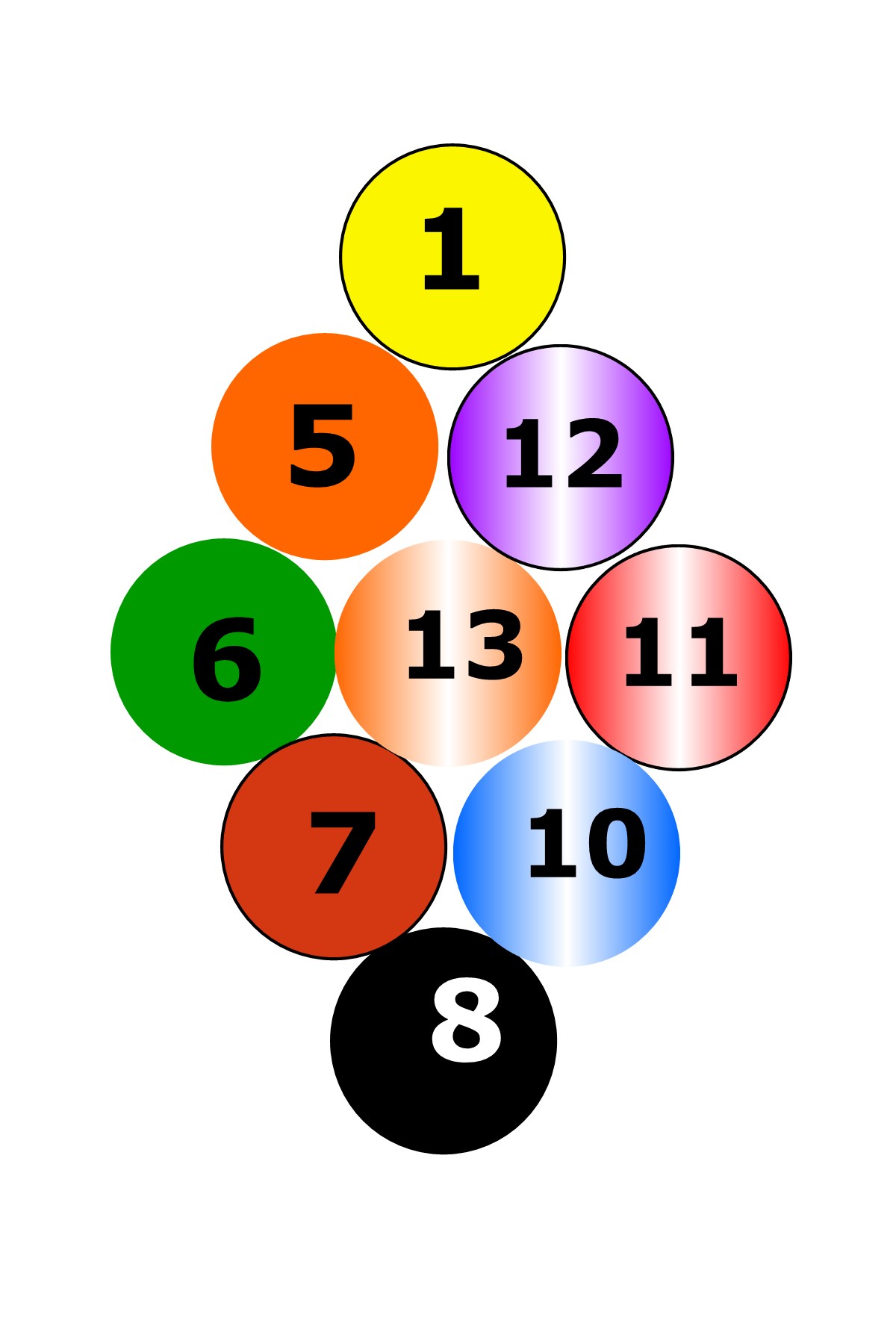 |
 |
 |
 |
 |
 |
 |
 |
 |
 |
 |
 |
 |
 |
 |
 |
 |
 |
 |
 |
 |
 |
 |
 |
 |
 |
 |
 |
 |
 |
 |
 |
 |
 |
 |
 |
 |
 |
 |
 |
 |
 |
 |
 |
 |
 |
 |
 |
 |
 |
 |
 |
 |
 |
 |
 |
 |
 |
 |
 |
 |
 |
 |
 |
 |
 |
 |
 |
 |
 |
 |
 |
 |
 |
 |
 |
 |
 |
 |
 |
 |
 |
 |
 |
 |
 |
 |
 |
 |
 |
 |
 |
 |
 |
 |
 |
|
|
 |
|
|
|
Click into the guestbook to give us feedback on this game |
|
|
|
|
|
   |
|
|
|
|
|
ALSO try our Dart game "Squirrels Nest". The best Dart game ever invented |
|
|
|
|
|
Welcome to Squirrels Eggs Billiards |
|
|
|
Contact the Author: |
|
|
|
|
|
Kendo |
|
|
|
|
Squirrels Eggs |
|
|
|
|
|
|
[email protected] |
|
|
|
|
|
This pool game was designed by Scott Messer and Ken Andresen of the Irish Band Darby O'Gill. |
|
|
|
Links: |
|
|
|
 |
|
|
|
|
|
|
|
|
Click here for Squirrels Eggs basic rules |
|
|
|
|
|
This design allows many people to play at same time and tends to discourage players from power hitting the object ball to try and "slop" balls in or win the game. It also provides great skill building opportunities that tend to increase a players skill level at other (more standard) pool games. |
|
|
|
|
|
|
|
|
|
Click here for basic score sheets |
|
|
|
|
|
This design also allows Tarverns, Bars, Pubs and Clubs with only a few tables (or even just one table) to hold tournaments involving many players.
This style of play keeps every player at a table playing the game and having a chance to win the top prize, without sitting around waiting to be called to their next step in the tournament.
Facilities with many tables that already hold standard 9-Ball and 8-Ball tournaments can also triple or quadruple their attendance, especially advertising the fact that there is NO SITTING AROUND waiting for the call to the next game. |
|
|
|
|
|
|
|
|
|
Click here for tournament rules |
|
|
|
|
|
|
|
Click here for tournament score sheets |
|
|
|
|
|
|
|
The Basics: |
|
|
|
|
|
|
Click here for Squirrels Eggs History |
|
|
|
|
Based on 9-Ball rules, Squirrels Eggs uses a point system and modified rules to promote the aspect of 9-ball, were by knocking the #9 ball (or highest numbered ball) wins the game at any time during the game.
Five (5) points are awarded for the winning ball (highest numbered), and one (1) point is added for each ball remaining on the table. (any balls falling in along with the game winning shot are not counted, but ARE NOT deducted either, they remain unaccounted for)
One point is subtracted from the players score any time a ball is pocketed, except on the winning shot.
The highest score for one game comes to thirteen (13) points and the lowest is Five (5) points. |
|
|
|
|
 |
|
|
|
|
|
|
|
|
Buy cool Squirrels Eggs stuff for tournament prizes! |
|
|
|
|
|
|
|
Click here to go to bestbilliard.com |
|
|
|
|
|
|
|
|
The Rack: |
|
|
|
Home |
|
|
|
|
|
Balls are racked counter clock-wise in progression of the lowest numbered ball at the head (top) and the highest numbered ball in the center. This keeps each game equal for all players. (see fig. 1 and 2)
The player that knocks the 9-ball (or highest ball) under any circumstance during a game, racks for the following player to break. |
|
|
|
Back to where Darby can be seen |
|
|
|
 |
|
|
|
|
|
|
 |
|
|
|
|
|
 |
|
|
|
|
|
|
|
|
|
|
Fig. 1 standard rack |
|
Fig. 2 alternate rack |
|
|
|
|
|
The example alternate rack (fig. 2) is for using the remaining balls from a pay table of a standard 15 ball rack, if there are enough left over from the previous game(s). |
|
|
|
|
|
|
The rules: |
|
|
|
 |
|
|
|
|
1. At all times, the lowest ball on the table must be struck by the cue-ball first. (including the break) |
|
|
|
|
|
2. NO calling pockets, slop counts. |
|
|
|
|
|
3. Scratch is "ball-in-hand" anywhere on the table, except on the break it is ball-in-hand behind the "break line" (or "kitchen"). If the lowest ball is in the kitchen, it can be hit directly. |
|
|
|
|
|
4. After the cue-ball strikes the lowest numbered ball, some ball (any ball) must hit a rail or drop in a pocket, otherwise the next player has ball-in-hand. |
|
|
|
|
|
5. After the cue-ball strikes the lowest numbered ball, any ball (except the cue-ball) dropping into a pocket, allows a player to continue shooting (at the lowest ball of course), but the player loses one point. If their score is zero, they have negative points . Points are also subtracted on the break but not the game winning shot. |
|
|
|
|
|
6. The lowest numbered ball on the table CANNOT be shot directly into a pocket without forfeiting that players turn and one (1) point. The cue-ball must at least hit a rail or the object ball (lowest) must at least hit a rail or another ball for the player to continue shooting. If the object is shot directly into a pocket the player forfeits his turn, loses one point, and the next player shoot from where the cue-ball lies (No ball-in-hand). |
|
|
|
|
|
7. If a numbered ball is knocked off of the table, the ball remains out of play, the player loses one point, their turn and then next player has ball-in-hand. If playing on a pay table, the ball may be placed back into play in the rack of the next game. |
|
|
|
|
|
8. If a player sinks the winning (Highest numbered) ball and scratches in the same shot, they lose the game and another is started. Each of the other players is awarded 5 points and the losing player racks for the following player to break the next game. |
|
|
|
|
|
9. If all balls, except the highest ball, have been pocketed, the winning ball must hit rail before being pocketed. Or, the cue ball must hit a rail before hitting the winning ball into a pocket . If the cue ball is pocketed, but the winning ball remains on the table, the next player gets ball-in-hand to attempt the bank shot for a win and the game continue from that point. If the winning ball is pocketed directly, or as rule 8 descibes, five points are awarded to each of the other players. |
|
|
|
|
|
More Info: |
|
|
|
|
|
10. A player can pick up the cue-ball and hand it to the next player for a ball-in-hand shot. The cue-ball can in turn be hand to each player in the game for the same opportunity. If the Cue-ball is eventually handed back to the originating player, they MUST take the shot and WILL have ball-in-hand. |
|
|
|
|
|
|
|
|
|
Buy CD's Click here for Darby O'Gill at CD Baby |
|
|
|
|
|
11. The player that pockets the 9-ball (or highest ball) must rack for the next player in the order of play, even if they scratched on the shot and the five (5) point penalty has been awarded to each of the other players. |
|
|
|
|
|
|
|
|
|
|
Buy LOTS of other cool stuff! |
|
|
NOTE: More rules may be defined soon. We have looked at different ways to govern which player breaks after the loss of a game. So long as a rule is agreed upon by all players, everything is fair. |
|
|
|
|
|
Options: |
|
|
|
|
|
A. Try setting a point limit to be the end of a round or set. By setting a limit like 38 points, it is the sum of three (3) maximum point game minus one (1). Once a person has 38 points more than someone playing in the match, that player is out of the set, after all other players fall 38 points behind set is over and another can be started. Maximum points can be adjusted per the number of players involved in the game. |
|
|
|
|
|
|
 |
|
|
|
|
Dublin Pub Web Site |
|
|
|
|
|
|
|
|
Grand Craic at the Dublin Pub |
|
|
B. Try setting a "number of games" limit to be the end of a round or set. Try an 8 game limit, then set a limit of 38 points (the sum of three (3) games minus one point). Once a player has fallen 38 points behind the leader, they drop out (like in a card game) while the rest continue. The set is over after 10 games (or all but one have dropped out) and the highest points win the set. In a tournament, the top player would go to a winners bracket and the second place score could go to the loser bracket. |
|
|
|
|
|
|
|
|
|
|
Hints: |
|
|
|
 |
|
|
A. Use the object ball (like a rail) to deflect (carom) the cue-ball into the winning (highest numbered) ball. |
|
|
|
|
|
B. If you can't sink the winning ball, use speed and rails to either snooker the next player or leave the cue-ball, the object ball and the winning ball apart from each other. |
|
|
|
|
|
C. More hints coming soon. If you have any, just drop us a line at [email protected]. |
|
|
|
|
|
|
This site and all materials contained herein, unless otherwise specified, copyright (c) 1996 - 2006 CARMA Entertainment. All rights reserved |
|




